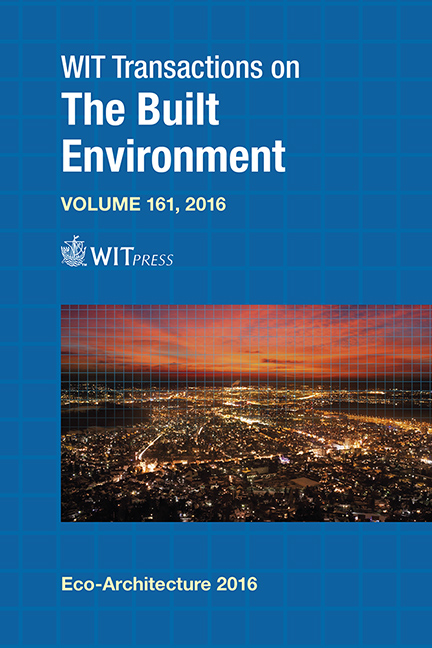Residential Energy Monitoring: A Case Study Of Four Sub Metered Homes
Price
Free (open access)
Transaction
Volume
161
Pages
12
Page Range
131 - 142
Published
2016
Paper DOI
10.2495/ARC160121
Copyright
WIT Press
Author(s)
M. Hatch, H. Rashed-Ali
Abstract
This paper outlines results obtained from an energy analysis of four sub metered residences. The study was done through a partnership between the Department of Architecture at the University of Texas at San Antonio and a design firm interested in learning from the data collected to influence design decisions. The study allowed for a performance evaluation of existing case studies and for the firm to improve upon design assumptions and modeled predictions for future designs.
No prescriptive guidelines exist by which to measure and analyze sub metered residential data. A monitoring and analysis protocol was developed and applied in order to address this issue. Each home was monitored at the breaker level to allow for the measurement of residential end uses. The homes were analyzed individually and then comparatively.
Results and conclusions centered on the performance and schedule of geothermal heating and cooling systems, pools, water heaters, and lighting. The analysis provided concise diagnostics and suggestions for each home as well as a unique conclusion for the future of residential design. When studied comparatively, the data from these homes suggests that residences with the ability to grow and shrink electrical consumption based on demand use less energy overall. This may suggest that designing a home with the ability to adapt electrical demand based on need may result in less total consumption.
Keywords
sustainable design, residential, sub metering, energy monitoring, energy efficiency, post occupancy evaluation





